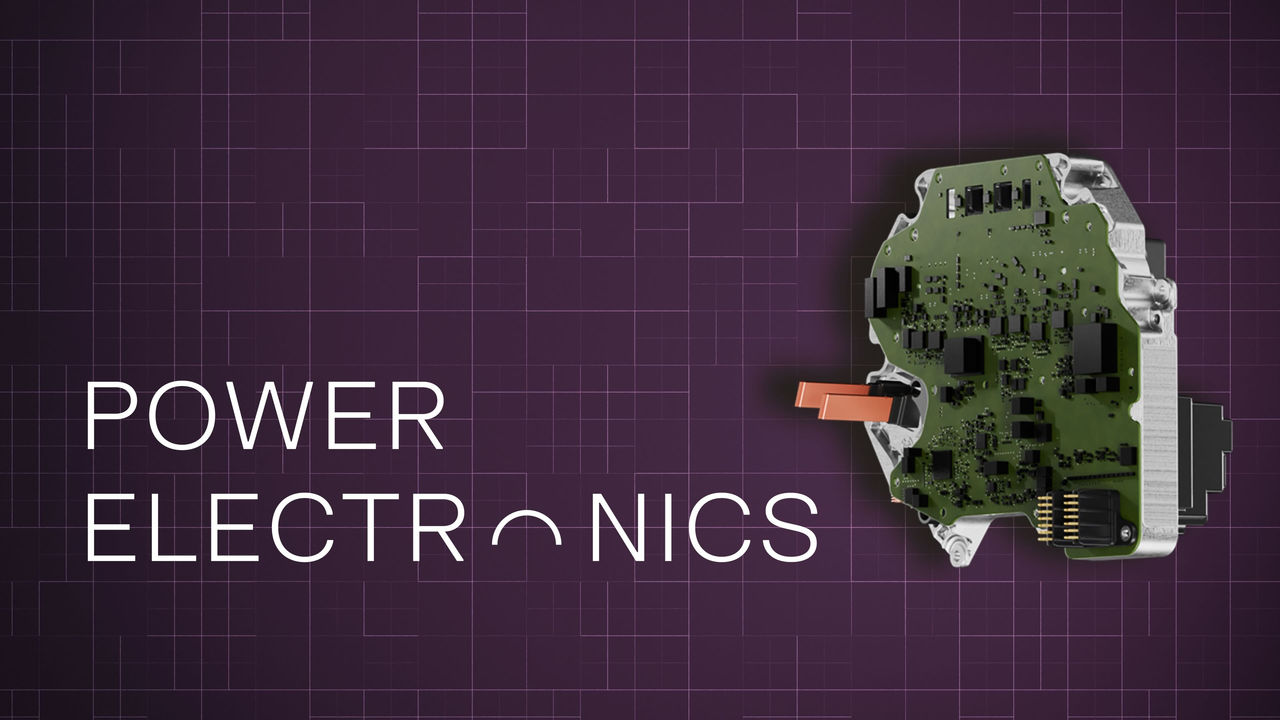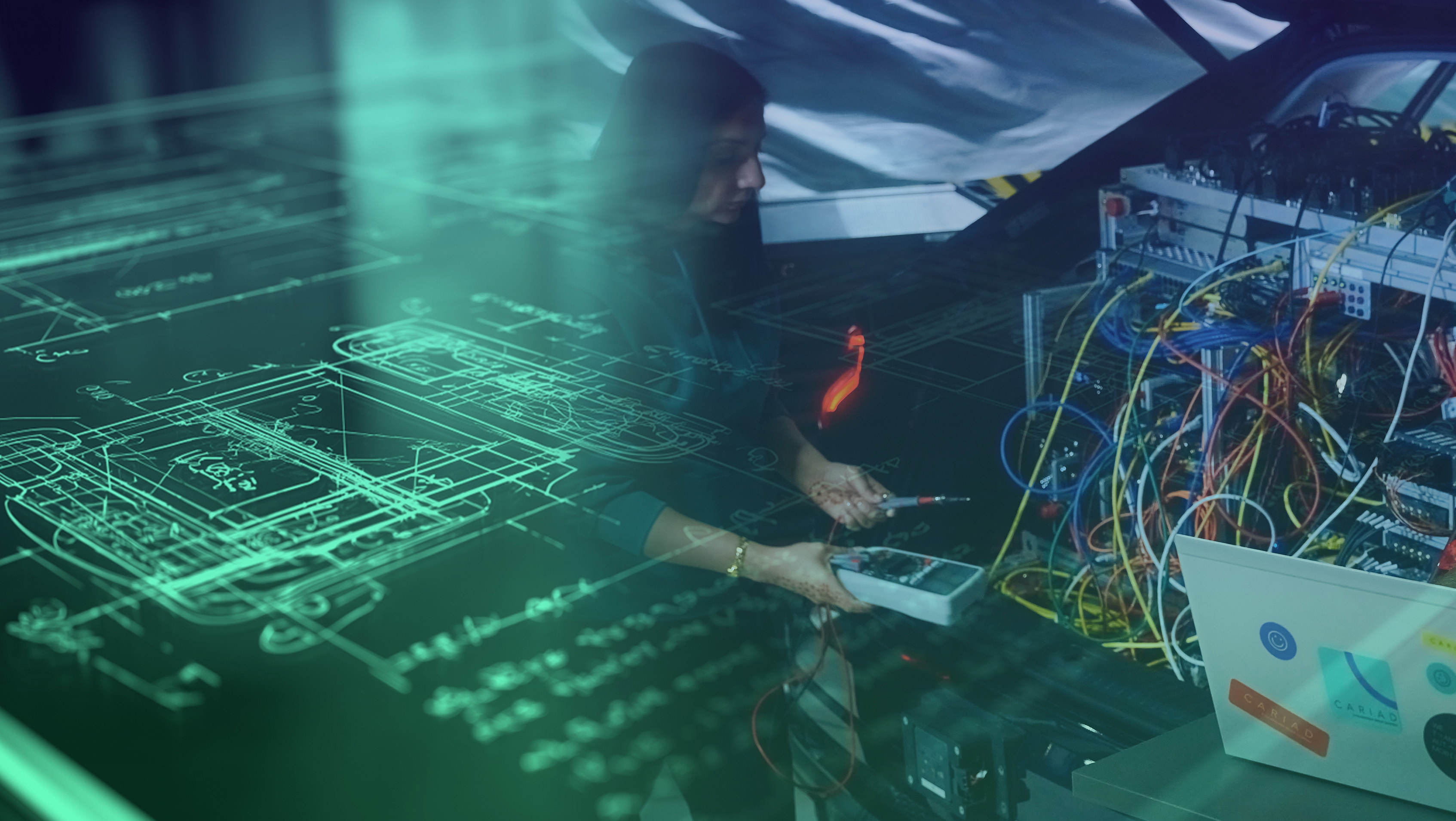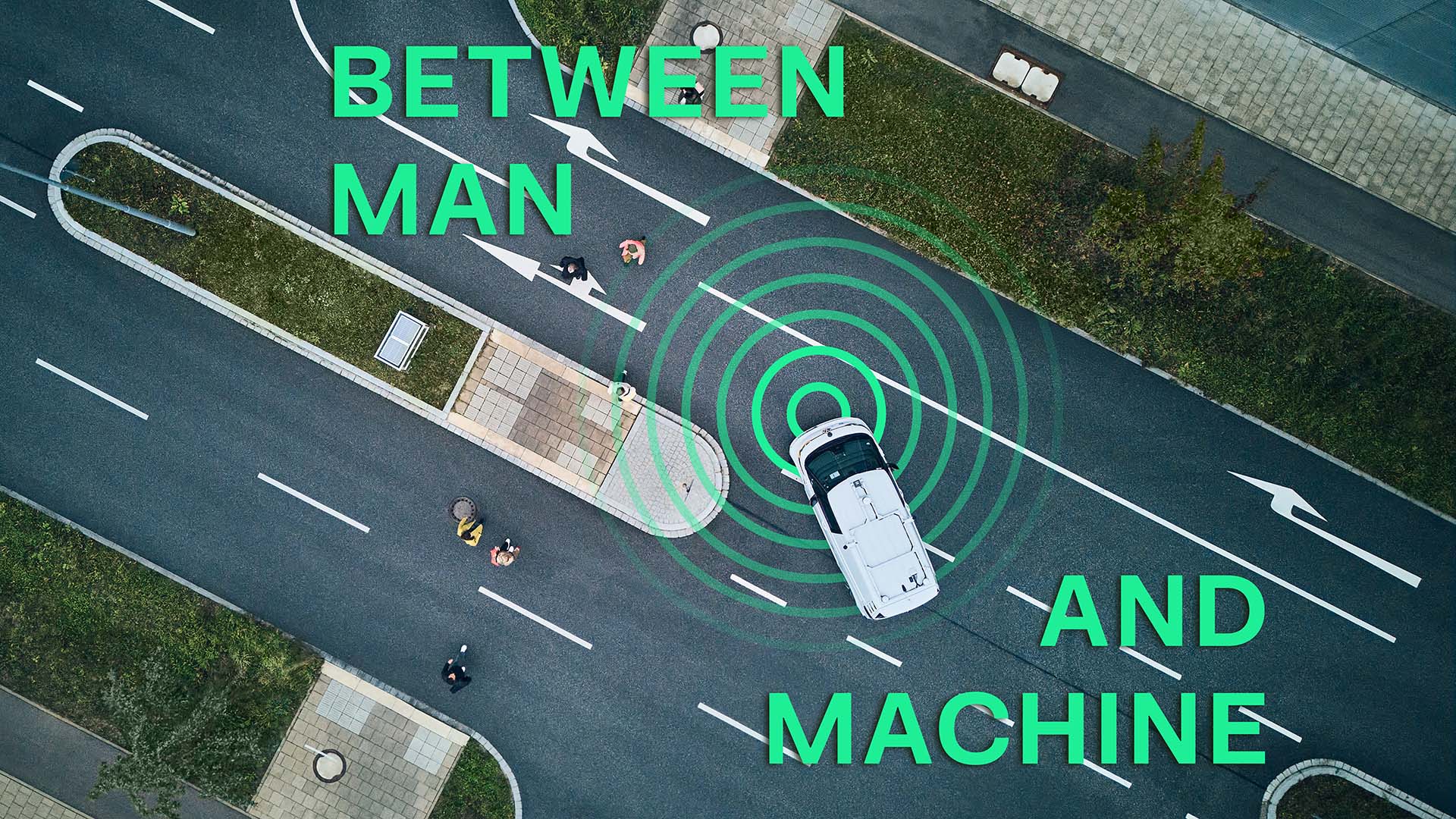The brain of the electric drivetrain: Power Electronics
The Volkswagen’s Electric Urban Car Family has made its first appearance at the IAA MOBILITY. Under their hood: the first in-house developed inverter by Volkswagen Group Components and powered by CARIAD software. It is the brain of the e-drive ensuring efficiency, performance, and reliability.

Mobility is transforming from combustion engines to electric drive. Power electronics lies at the heart of it. The inverter is a key component that converts energy from the high-voltage battery (direct current) into optimized power for the electric motor (alternating current). The inverter therefore plays a major role when it comes to efficiency and thus the range of electric vehicles.
A scalable solution for the Volkswagen Group
“Software is a key component to unlocking the full potential of power electronics. By understanding and mastering it in-house, we gain full control from low level code to application layer. This way, we can optimize the inverter’s overall performance, shorten development cycles and accelerate the implementation of new innovations”, says Stefan Fischer, Head of Vehicle Energy, Motion & Body at CARIAD. That’s why Volkswagen Group has decided to take this core competency in-house. With this, everything comes from a single, in-house source: from the e-drive and transmission to the inverter engineered by Volkswagen Group Components.
Over the last three years teams from Volkswagen Group Technology and CARIAD have jointly developed the first in-house inverter redesigning both hardware and software. It follows the principle of a modular toolkit allowing it to be implemented in vehicles ranging from entry-level engines like the VW ID. Polo, the ID. CROSS Concept, the CUPRA Raval, and the ŠKODA Epiq to sports cars with an output of 500 kW and more in the future.

“The inverter is the brain of the electric drivetrain. It is the most complex and costly component within the E-Drive, and the key to unlocking system-level optimization. We’re proud to launch our first self-developed and produced inverter with the four fantastic cars of the Electric Urban Car Family. It is a milestone in our journey toward innovation, integration and supply chain resilience“, says Alexander Krick, Head of Technical Development E-Drive, Power Electronics & Transmission at Volkswagen Group Components.
How does it work?
When the driver presses the accelerator pedal, the power electronics instantly calculate how much current is needed to deliver the required torque. This process is executed by the inverter with precision to maximize performance and energy efficiency – all while maintaining the highest standards of safety and reliability.
Software is key to unlocking the full potential of power electronics. It operates on two levels: Basic software provides the operating system for the hardware, manages communication with the vehicle bus, evaluates sensors, and ensures security functions such as the immobilizer. It also integrates complex device drivers, diagnostics, and microcontroller integrity checks. Application software controls and monitors the power electronics and the electric motor. One example is the Harmonic Current Injection, a function that reduces noise from the electric drive, enhancing comfort and driving experience.
Power electronics are more than a component – they are an intelligent control center that defines efficiency, range, and driving dynamics of e-drives. With cutting-edge software and advanced hardware based on deep in-house know-how within Volkswagen Group Components and CARIAD, we are shaping the future of electric mobility – together with partners and brands across the Volkswagen Group.




